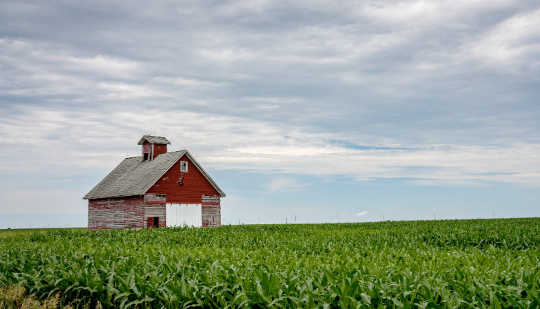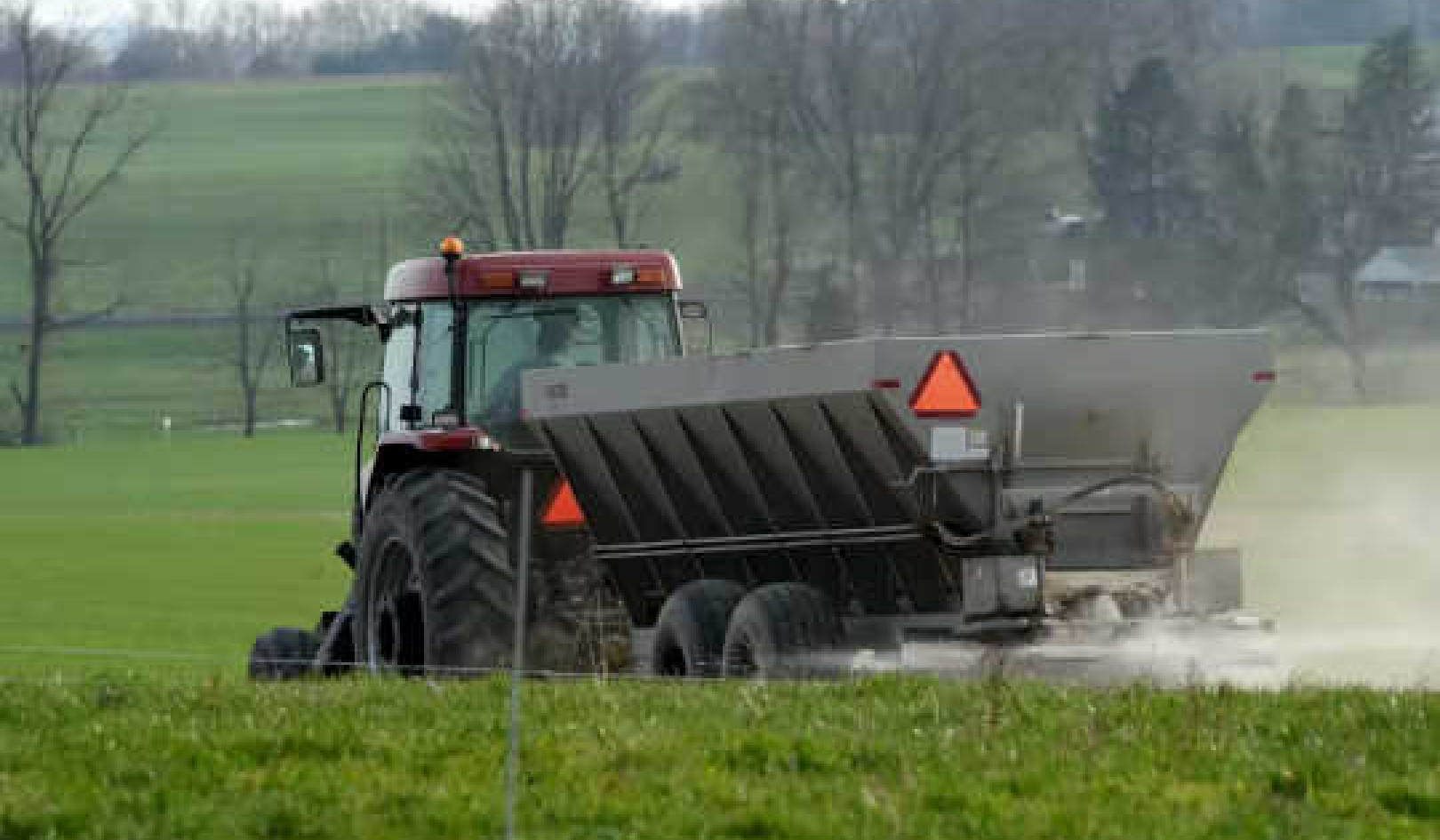 Farmers might not have a clear idea of how this year's strong weather pattern will affect them until spring. (Credit: Michael Leland/Flickr)
Farmers might not have a clear idea of how this year's strong weather pattern will affect them until spring. (Credit: Michael Leland/Flickr)
Midwestern farmers usually fare well during years that El Niño weather patterns affect the growing season.
But experts say that can change if El Niño is followed immediately by its antithesis—a cooling of waters in the Pacific Ocean known as La Niña.
El Niño, the name given to a band of warm water that tends to develop in the central Pacific Ocean, emerged at the end of 2015 to become one of the strongest examples of the phenomenon on record, fueling storms that have rippled across Southern California and Arizona.
History shows that El Niño might be good news for Iowa farmers if the trend is long-lived enough to affect the growing season, says Elwynn Taylor, a professor of agronomy at Iowa State University.
Years during which El Niño extends into a growing season have resulted in above-trend yields in the Midwest for corn and soybeans 70 percent of the time, Taylor says, but in years such as 1983 and 1987-88 strong El Niño events morphed into equally strong La Niña, resulting in droughts that hurt crops.
There are few certainties any time El Niño materializes, muddying the weather picture for anyone trying to predict the results. Farmers might not have a clear idea of how this year’s strong weather pattern will affect them until spring.
“All El Niños seem to have their own personalities,” Taylor says. “This one comes in by most measures as stronger than usual.”
El Niño affects weather by upsetting atmospheric pressure patterns. Every seven years or so, the phenomenon grows strong enough to change weather across the United States and beyond. Usually, that results in warmer than usual winters and cooler than usual summers in the Midwest. It also often creates wetter than usual weather in the Southwest.
Widespread rainfall in December has soaked much of the soil in the Midwest, meaning virtually all drainage tiles from Iowa to Ohio are running off excess moisture. That raises concerns that additional moisture in the spring could slow planting by keeping farmers out of their fields.
Source: Iowa State University
climate_books






















